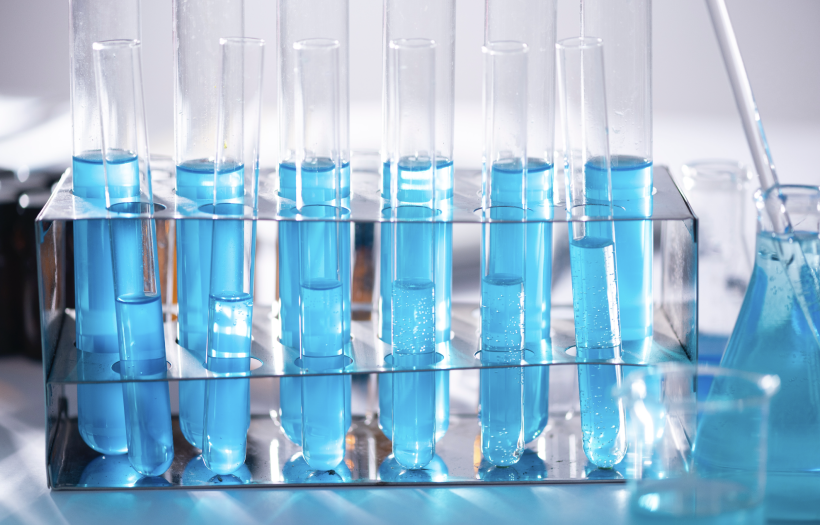A PCR (Polymerase Chain Reaction) robot is an automated system designed to perform PCR assays. It is a laboratory device that uses robotics to carry out the PCR process. PCR robots can automate various steps of the PCR process, such as dispensing reagents and samples, mixing, thermal cycling, and data analysis.
A typical PCR robot consists of a robotic arm, a PCR plate holder, and various components for dispensing reagents and samples, such as pipettes, dispensers, and probes. The robotic arm can move the PCR plate holder to different stations for each step of the PCR process, such as dispensing, mixing, and thermal cycling. The PCR robot is controlled by software that allows researchers to specify the experimental parameters and to monitor the progress of the assay.
PCR robots are widely used in research, clinical, and diagnostic laboratories to perform high-throughput PCR experiments. They offer greater efficiency, accuracy, and reproducibility than manual methods. PCR robots are particularly useful for experiments that require precise temperature control and accurate dispensing of small volumes of samples and reagents.
Here are some benefits of using PCR robots in a laboratory:
1. Increased Efficiency:
PCR robots can perform PCR assays much faster and more efficiently than human operators. They can process large numbers of samples in a short amount of time, reducing the overall turnaround time for experiments.
2. Precision and Accuracy:
PCR robots can ensure the consistency and accuracy of experimental conditions by accurately dispensing reagents and samples, and by performing PCR cycling programs according to precise specifications.
3. Reduced Contamination:
PCR robots can reduce the risk of contamination, a major concern in PCR experiments, by minimizing human contact with samples and reagents. This results in more reliable and reproducible results.
4. Reduced Labour Costs:
PCR robots can automate repetitive and time-consuming tasks, freeing up researchers to focus on more complex and intellectually stimulating work. This can reduce labour costs and increase productivity in the lab.
5. Standardization:
PCR robots can ensure standardization across experiments by using the same protocols, reagents, and cycling programs. This can improve the consistency and reliability of experimental results.
Summary
PCR robots can significantly improve the efficiency, precision, and reliability of PCR experiments in the lab, while reducing the risk of contamination and labour costs. Get in touch with Flow Robotics today and let us help you with a PCR Robot set up in your laboratory.
Laila Azzahra is a professional writer and blogger that loves to write about technology, business, entertainment, science, and health.
